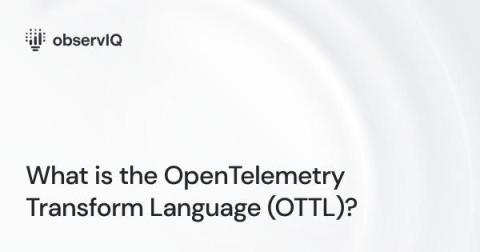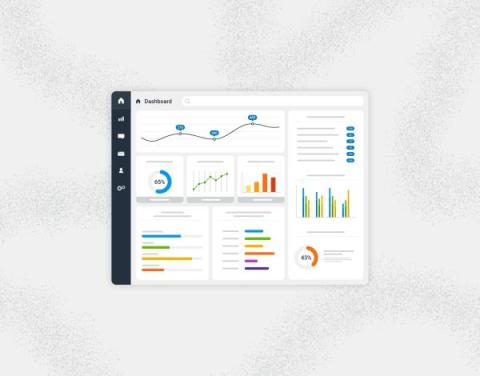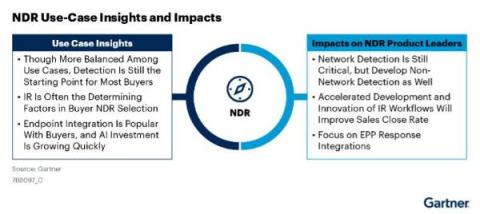Follow-up Fundamentals: Mastering Lead Nurturing Techniques in Real Estate CRM
At its core, real estate lead nurturing is all about building and maintaining customer relationships. Knowing what clients need and why they need it can help real estate agencies cultivate stronger relationships with their customers and drive traffic to listings and high-value web pages. This results in both sales and repeat sales.











